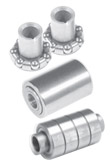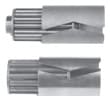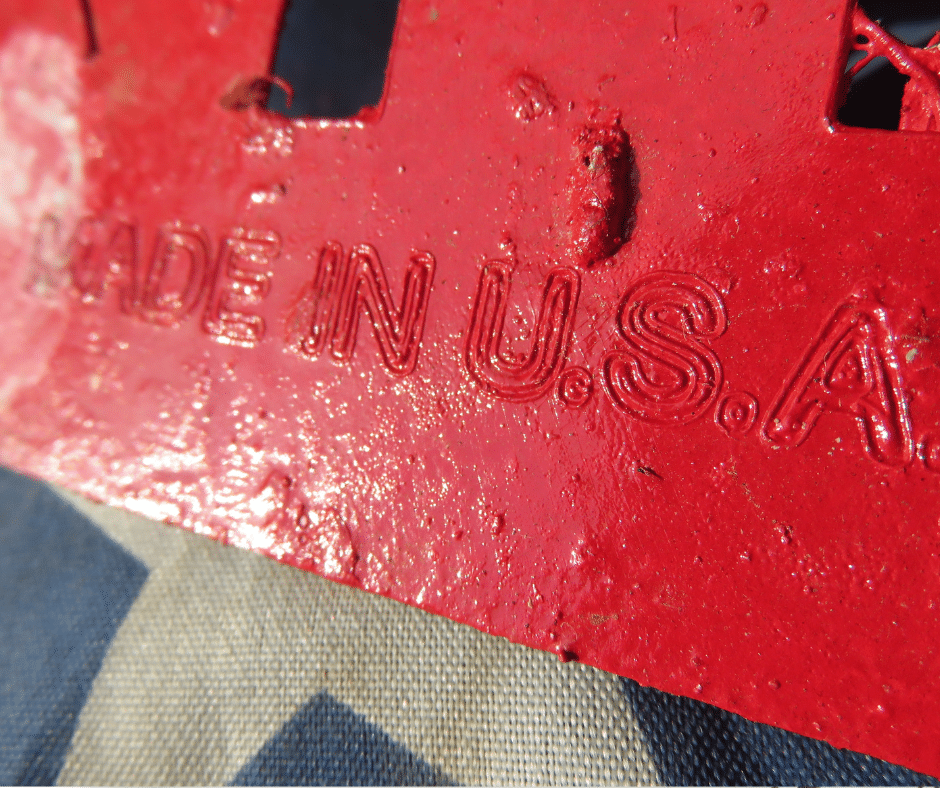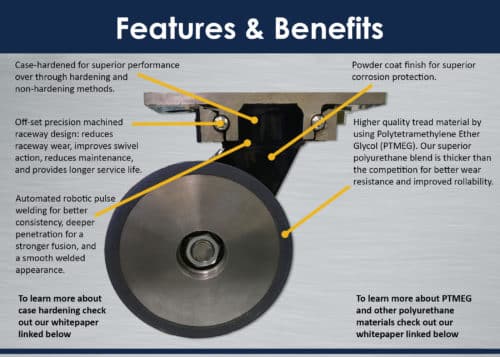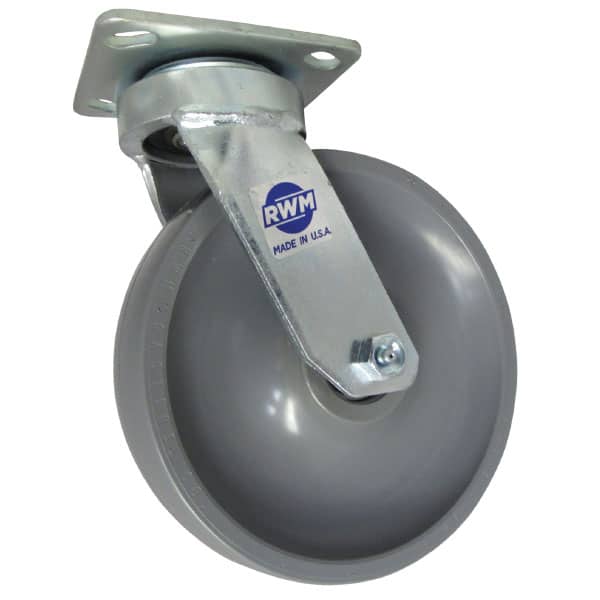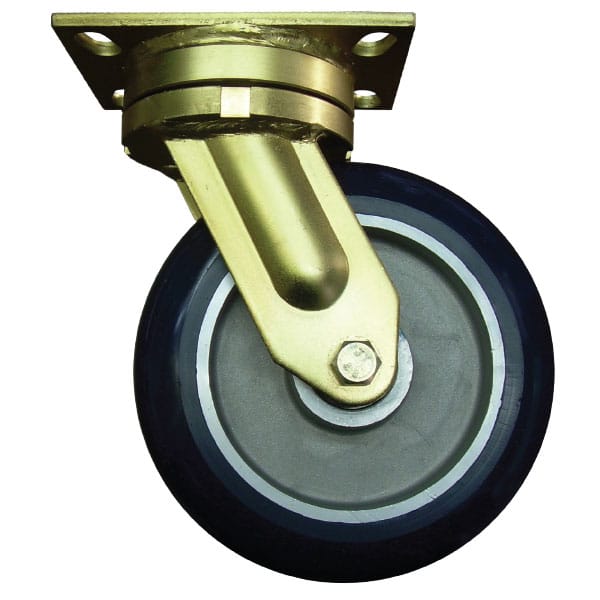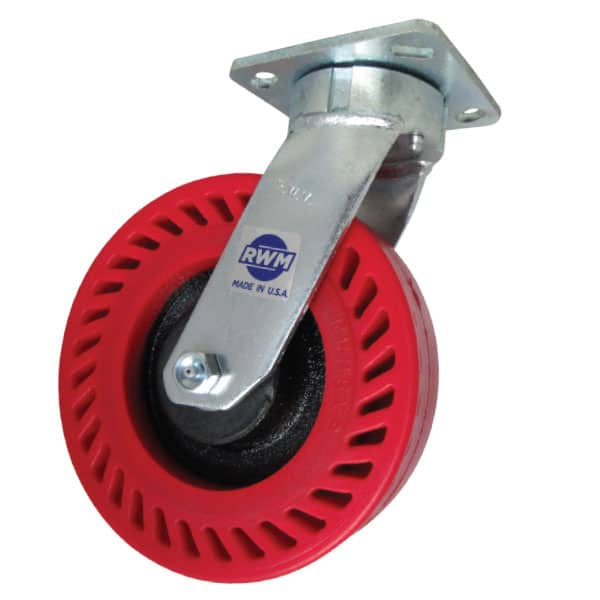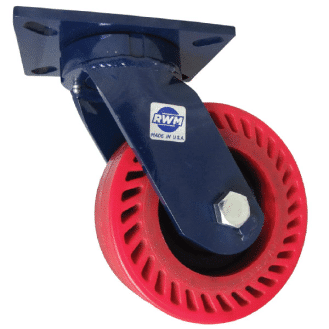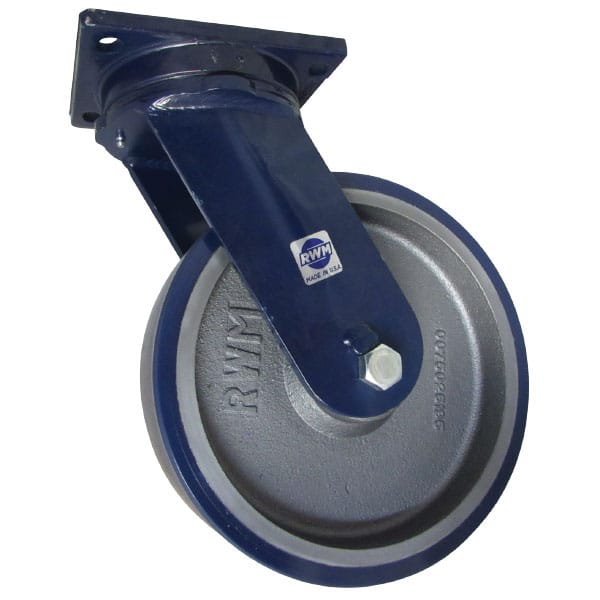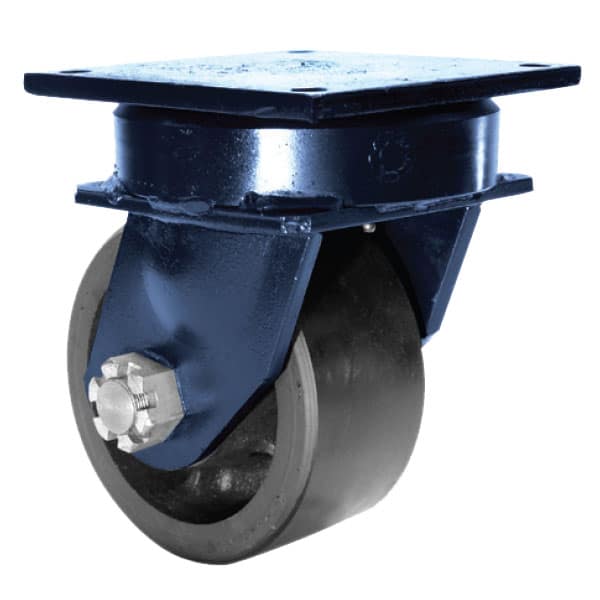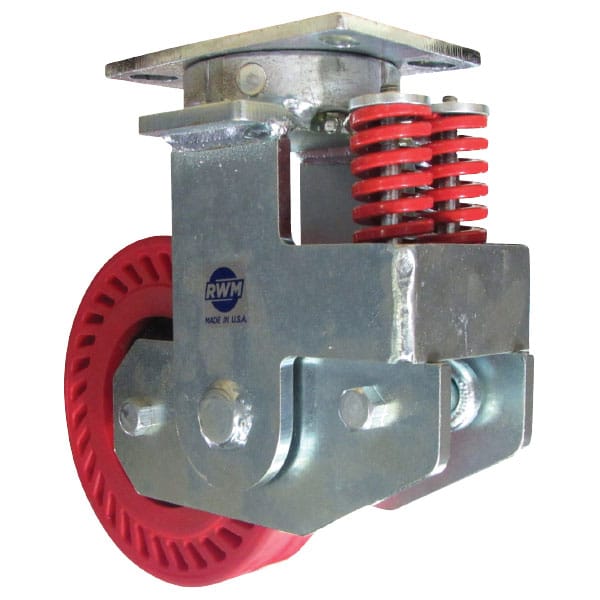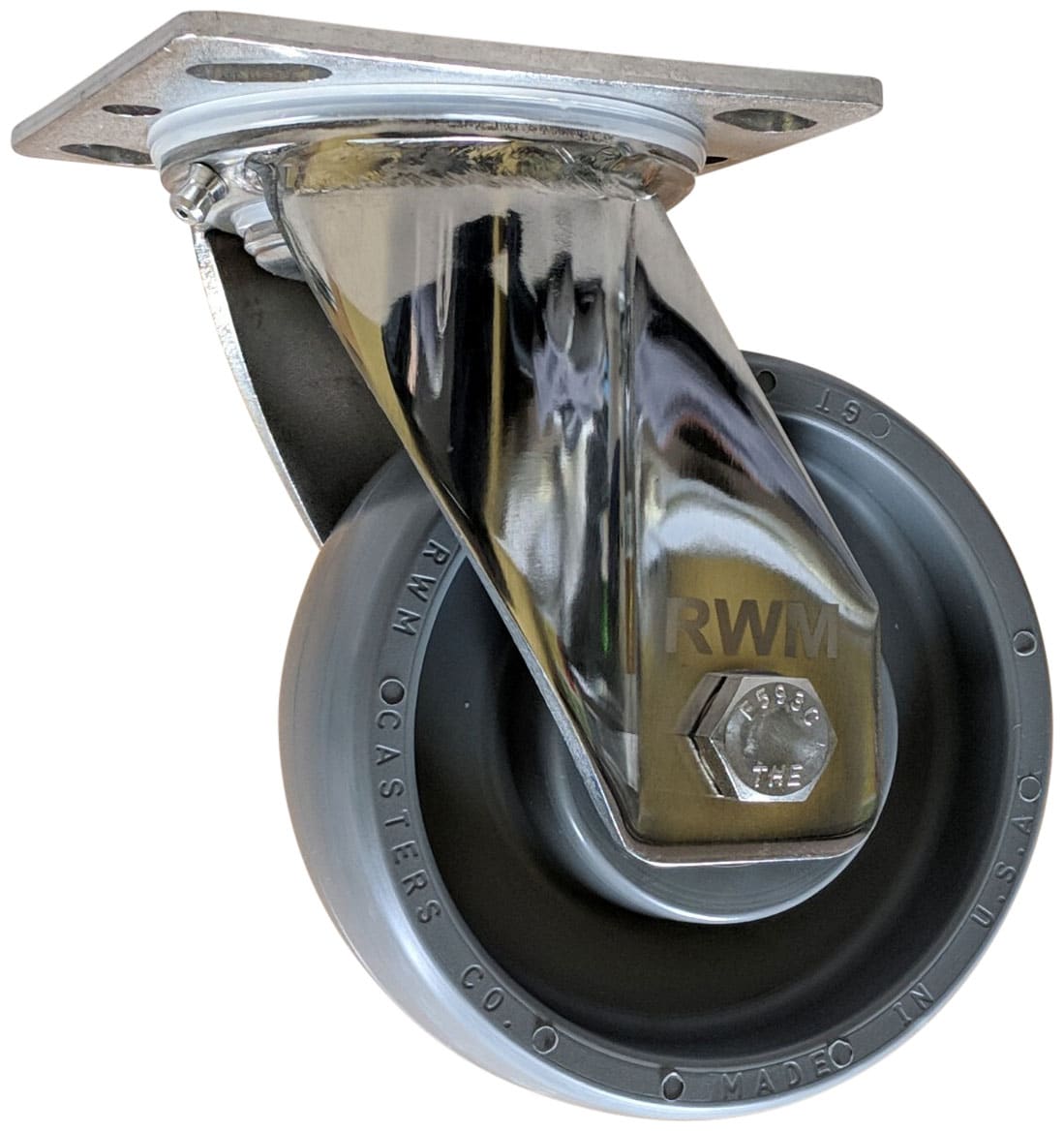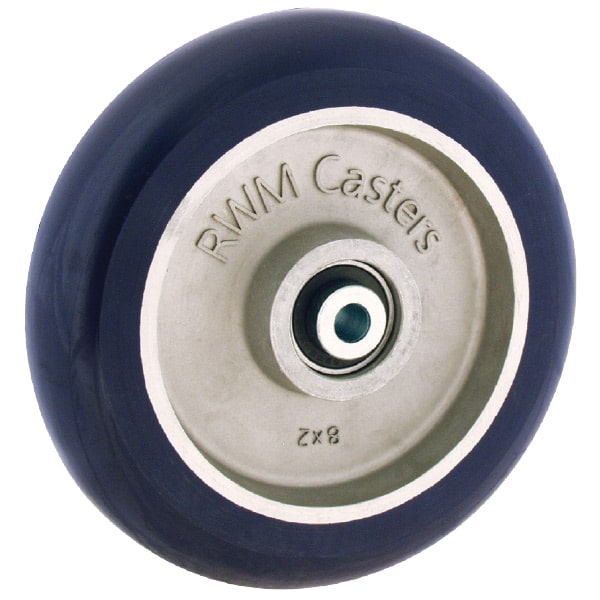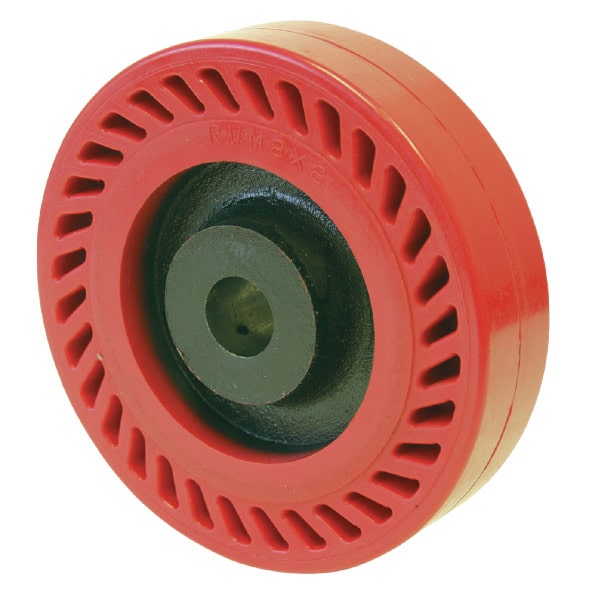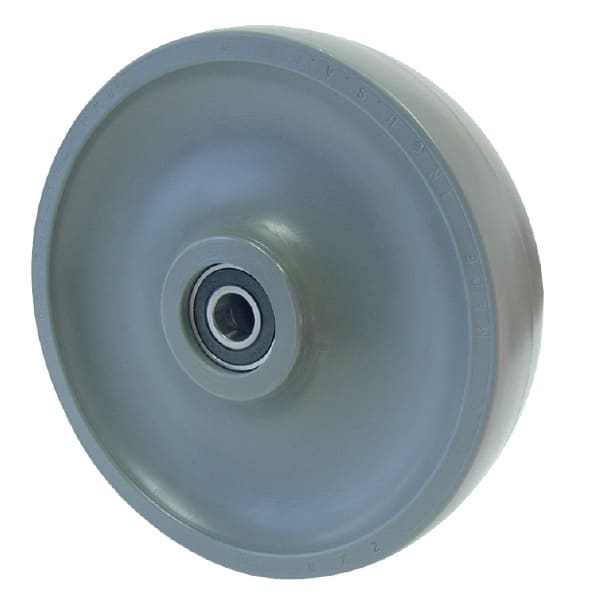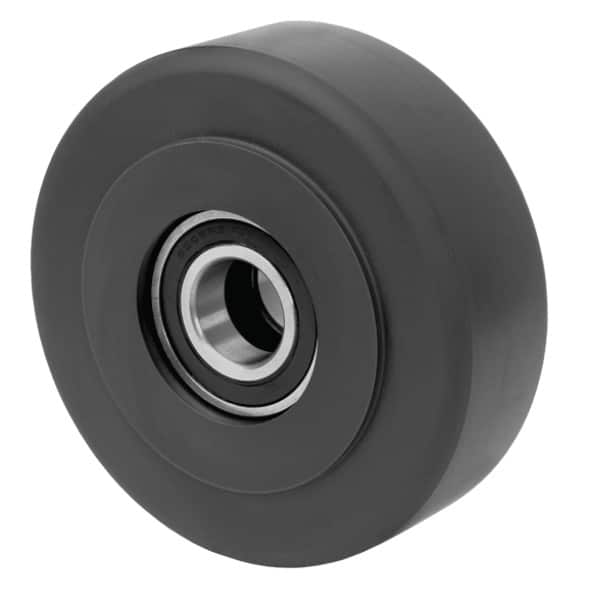The wheel may be what makes the world go round, but it’s the bearings that make it go forward. Designed to reduce friction and smoothly transfer motion, modern bearings are effective at reducing heat generation, limiting wear and tear, and improving energy efficiency. At RWM Casters, our bearings are engineered to ensure our casters outperform and exceed your expectations with every rotation. We didn’t invent the wheel, but we’re inventing solutions that make it roll smoother, faster, and more reliably than ever before.
From Old to New and Round Again
Ball bearings are far from a new invention. Indeed, the earliest ball bearings made their debut in the late 1700s, when they were used to improve axle function on horse-drawn carriages. But it wasn’t until the mid-1800s, when mass production was facilitated by the Industrial Revolution, that ball bearings really came into their own. During this period, smelting processes improved, and new, high-strength steel meant that bearings could support heavier loads with greater reliability and longevity.
That trend has continued into the present day as manufacturing techniques, bearing design, and the material compositions used have evolved to create an ever-expanding lineup of high-quality ball and roller bearings.
Types of Bearings
There are many different types of bearings, and each is designed to perform specific functions. These include:
Ball Bearings
There are four types of ball bearings, each featuring a point contact between the ball and raceway. These are ideal for fast rotation without the need to support a heavy load.
- Deep-groove ball bearings: The most common, these are easily maintained and capable of operating within a wide range of operating conditions.
- Self-aligning ball bearings: These feature a double roll of balls within a cage that allows the inner ring to swivel smoothly within the outer ring. This makes this option ideal for absorbing radial force and for alleviating problems with shaft and housing misalignment.
- Angular contact ball bearings: These transfer the forces generated during motion from one raceway to the other, which makes them ideal for situations in which transferring significant axial and radial force is required.
- Thrust ball bearings: These feature two bearing discs set within precision-crafted raceways, making them ideal for axial force absorption.
Roller Bearings
There are four types of roller bearings that facilitate higher load ratings than ball bearings of equal size. While the line contact facilitated by roller bearings means lower speeds and increased friction, it also means more robust, reliable operation.
- Tapered roller bearings: The tapered raceway with the inner and outer ring of the tapered roller bearing creates a contact angle that allows for the even absorption of radial and axial forces.
- Spherical roller bearings: Spherical roller bearings are similar to self-aligning bearings. However, they utilize spherical rollers, which allow for supporting more substantial radial and axial loads.
- Cylindrical roller bearings: These are optimized to distribute stress created by high radial loads and limited axial loads directly at the point of contact.
- Needle roller bearings: Needle roller bearings are ideal for uses where space is at a premium. These feature a high radial force load rating, but their thin, long rolling elements do not allow them to support significant axial loads.
Reach Out to RWM Casters Today
At RWM Casters, our team will answer your questions and help you identify the ideal solution for your business. We offer bearings in a wide range of sizes and configurations and will do our best to make sure your machines, vehicles, and equipment roll smoothly along and with as minimal effort as possible.
Need help determining which type of bearing is best suited for your needs? Contact the professionals at RWM Casters by calling 800-634-7704.

